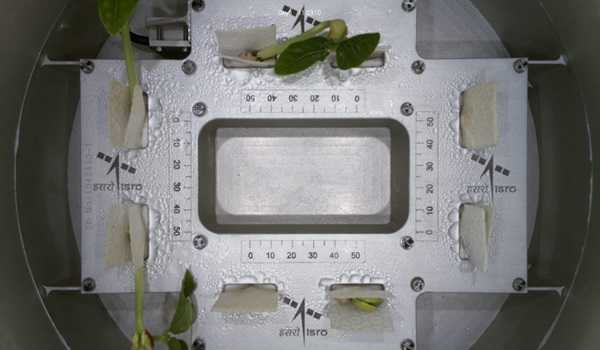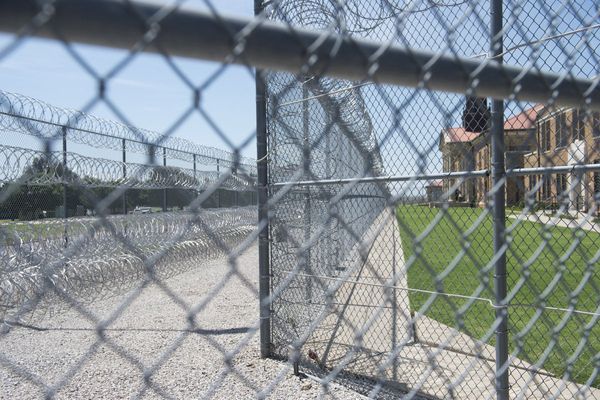
Chennai: After achieving a milestone in cultivating crops in space, ISRO has announced that leaves have started emerging from it.
The crop cultivation was programmed as part of one of the 24 scientific experiments launched on board the POEM-4, the fourth stage of the PSLV-C60 that ferried two Spadex Satellites for space docking experimental technology mission.
The mission has propelled India as the fourth country in the world after US, Russia and China to master this technology that would propel India's future inter-planetary missions, including Chandrayaan-4, Gaganyaan and setting up a Space Station.
In a post on X, ISRO said "Leaves have emerged! VSSC's CROPS (Compact Research Module for Orbital Plant Studies) aboard PSLV-C60 POEM-4 achieves a milestone as cowpea sprouts unveil their first leaves in space.
In an earlier tweet, it said "Life sprouts in space! VSSC's CROPS (Compact Research Module for Orbital Plant Studies) experiment onboard PSLV-C60 POEM-4 successfully sprouted cowpea seeds in 4 days. Leaves expected soon.
Also Read |
ISRO launches PSLV-C60 with SpaDeX and 24 payloads
Record of cultivating crops
It may recalled that the Indian Space Research Organisation (ISRO) has achieved an unique record of cultivating crops in space, besides demonstrating its first walking robotic arm in space--both using scientific experiments launched as part of POEM-4 on board PSLV-C60 as part of Spadex space docking technology mission on December 30, 2024.
The demonstration of walking robotic arm on board POEM-4 was a proud Make in India milestone in space robotics, ISRO said. It said using the scientific experiment CROPS, ISRO unveiled new space biology tech by cultivating crops.
Using one of the 24 scientific experiments, sent as part of POEM-4 onboard the PSLV-C60 Fourth Stage, cowpea seeds sprouted in a record four days and the leaves are expected soon.
VSSC's CROPS
Also Read |
Moon lander separation successful, says ISRO
The experiment used was VSSC's CROPS (Compact Research Module for Orbital Plant Studies) experiment. After the December 31 launch, the sprouts were expected in seven days. But it happened in four days, ISRO said.
PSLV-C60 was launched on the night of New Year Eve with two Spadex satellites Charger and Target, both weighing 220 kg, for demonstrating space docking technology.
The docking of the two satellites was earlier scheduled on the forenoon of January seven, but was deferred by two days as it required further validation through ground simulations.







